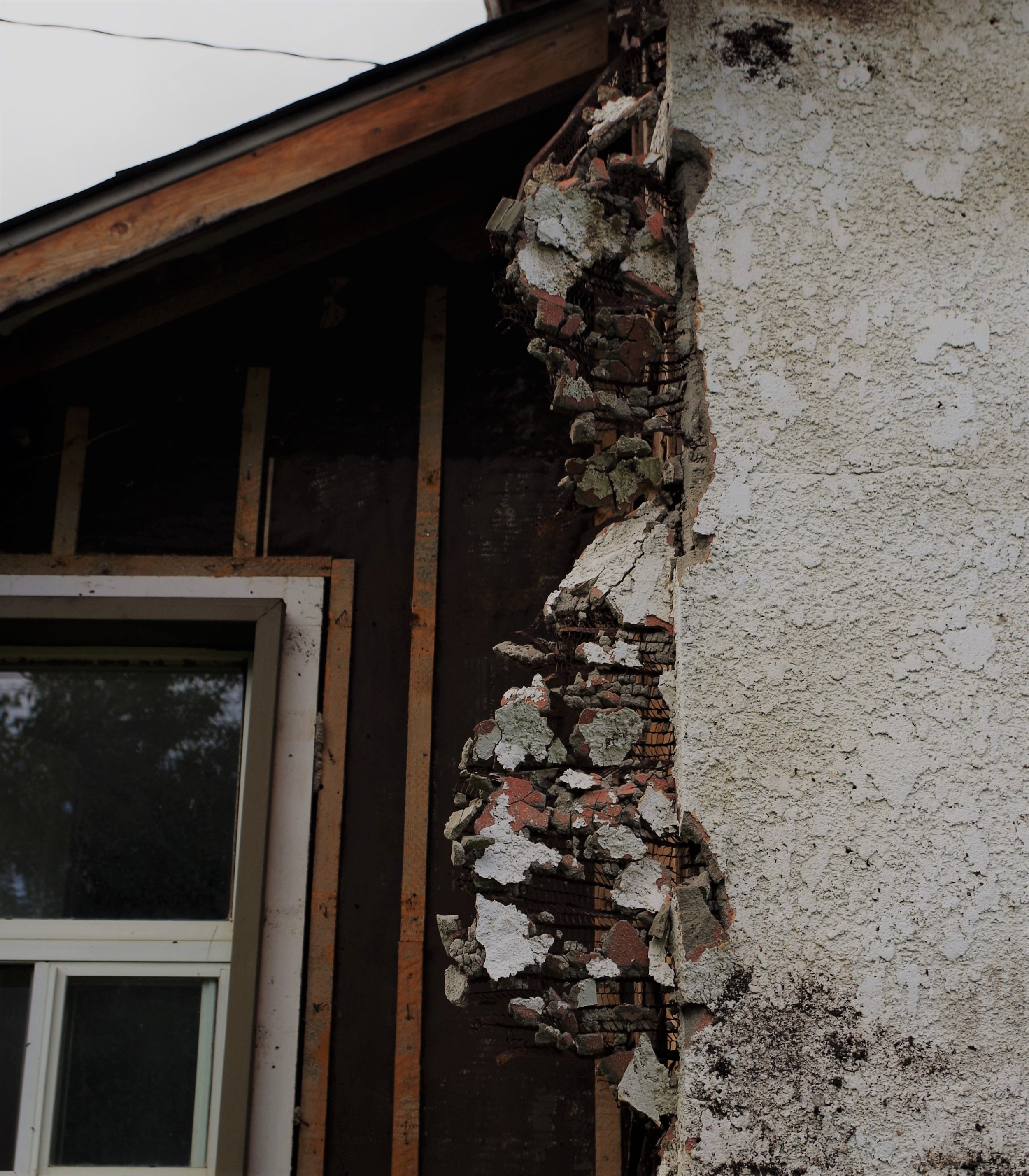What Is Asbestos? What You Need To Know Before Starting Your Home Improvement Project
Asbestos can be difficult to positively identify. Asbestos and asbestos-containing materials may come in different shapes, colors, and sizes. Asbestos fibers are microscopic and impossible to see when airborne, which is what makes this material so very dangerous. Don't take chances with your health. Here's what you need to know about asbestos before you start your next home improvement project.
Asbestos is nothing to fool around with and unfortunately the older your home is, it's more likely that you'll find asbestos hiding somewhere inside it. It may be buried beneath the flooring, hiding in the walls, or it may have been used to insulate the pipes in the basement. So, before you dive into that DIY home improvement project, let's get familiar with what asbestos looks like, where it's most commonly found, and what precautions you need to take.
The open kitchen floor plans that are so popular today require a lot of demolition and remodeling of the existing structure of your home. And, if you're working on a home built before the mid-1970s there's a really good chance that asbestos was used in its construction.
Asbestos was a popular and common construction material at one time because it was readily available, inexpensive, durable, and heat-resistant. It was used in high traffic areas, areas exposed to high heat and extreme temperature changes, and it was mixed into many construction materials which required additional strength. Asbestos was easily formulated into many different construction products.
Gaskets, and seals, and insulation
Roofing shingles, cement, and adhesives
Cement sheeting, paper, and felt products
Weatherstripping, fireproofing, textures, and textiles
One of the most potentially dangerous aspects of asbestos is that it can be difficult to spot and positively identify. Asbestos and asbestos-containing materials may come in different shapes, colors, and sizes. It may be blue, grey, white or brown. It may be in a solid form, a speck of dust, or a fiber mixed into a coating material.
The asbestos fibers themselves are microscopic and impossible to see when airborne, which is what makes this material so very dangerous. You can't protect yourself from something you can't see, right?
Most often a professional testing agency is required to positively identify asbestos-containing construction materials found in the home. You may not recognize asbestos when you see it if you see it at all. The asbestos may be buried beneath layers of home improvements, or deep within the walls of your home.
In most cases, whenever you're working on a home improvement project in an older home, and especially in a house built before 1980, it's wise to assume that asbestos is there. There may not be any asbestos, but it's nothing to fool around with. The health hazards of breathing in the asbestos fibers are deadly serious. In fact, the damage caused by breathing asbestos fibers may not become evident for years. Lung cancer, mesothelioma, and asbestosis typically don't develop until decades after the initial exposure.
If you believe that your home may be contaminated with asbestos, it's best to call a professional inspector to evaluate the situation. If you're in doubt, it would be wise to wear disposable full-body coveralls with sealed openings, boots, gloves, protective eyewear, and an approved respirator.
However, even following these precautions, do not disturb the building materials that you think might contain asbestos until the proper authorities and experts in the field have been contacted. Asbestos is nothing to fool around with, and we wouldn't want anyone to get sick...or worse.
Working on your home can be an enjoyable experience. And home improvement projects are great ways to improve the quality of your life while increasing the value of your home.
But it doesn't matter if you do it yourself or hire a professional home renovation contractor, you should be aware that the hazards of asbestos are life-threatening and should be taken very seriously.
For more information about the dangers of construction materials containing asbestos, please visit the United States Department of Labor, Occupational Safety and Health Administration website here.
And for expert guidance on your next home improvement -Contact Homeowner Services of Michigan.
We’re always eager to help.
Photo by Tneil Abt on Unsplash

